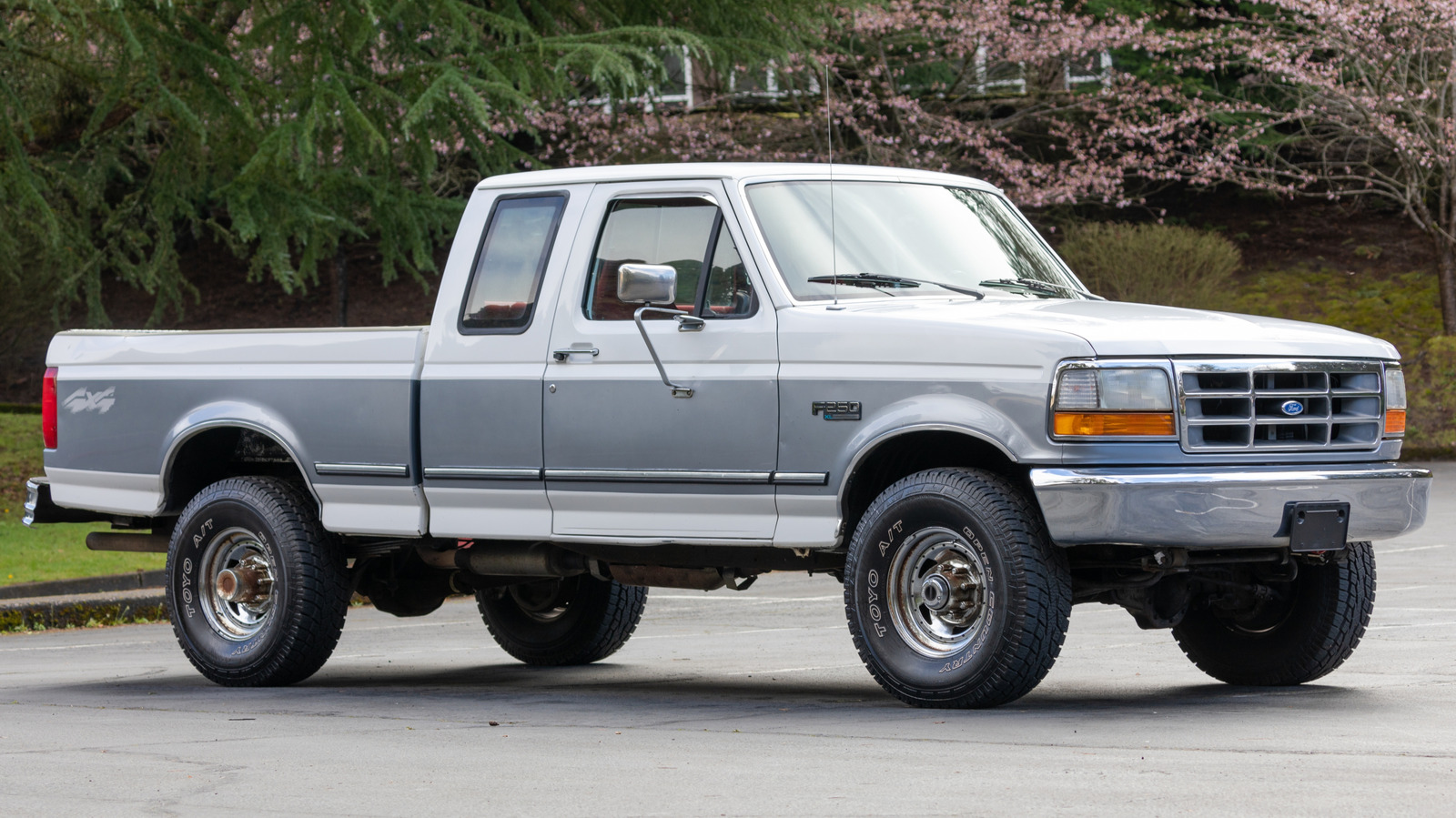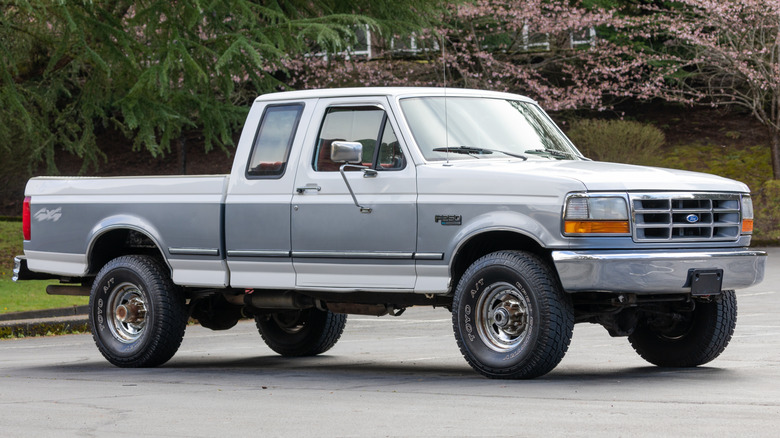If you’re a virgin to owning diesel trucks, like Chevy’s new Silverado ZR2 diesel or 2025 Ram heavy-duty trucks, you might be in for a surprise the first time you peek under the hood. That’s because many diesel-powered pickups use two full-size batteries, as opposed to just one for gasoline-powered cars and trucks. In theory, those two 12-volt batteries could be connected in series, which means the voltage is added together for a total of 24 volts. However, that’s never the case in reality, because every modern car for decades has used a 12-volt electrical system.
Instead, the batteries are connected in parallel, which doubles the single battery’s amperage instead of its voltage. Amp is short for “ampere”, which is a measure of electrical current. An analogy that’s sometimes used is to compare amperage to water flowing through a garden hose. More amps equals more water and the “hose” is your battery cable. Most car batteries have 400 to 1,000 amps — sometimes specified as “cold cranking amps.” Therefore, running two 800-amp car batteries in parallel would result in the same 12 volts, but a whopping 1,600 amps of cranking power.
So why do diesel vehicles need so much cranking power? Diesel engines have a much higher compression ratio than their gasoline counterparts, which makes them more difficult to turn. That means that the electric starter motor has to work much harder to bring a diesel engine to life. (And smart maintencance to keep those diesel engines running once they’ve started.)
It’s the compression ratio, stupid
Please accept our apologies if you’re already a master at understanding compression ratios. But for those who don’t know, compression ratio is a cylinder’s volume when the piston is at the bottom of its stroke compared to its volume with the piston at the top of its stroke — right before that now-compressed air-and-fuel mixture ignites to produce combustion. In other words, if you have 100 cubic centimeters of space in an engine block’s cylinder at bottom dead center and 10 cubic centimeters at top dead center, that equals a compression ratio of 10:1.
Gasoline-powered engines typically have a compression ratio in the neighborhood of 8:1 to 12:1. Meanwhile diesel engines are apt to have compression ratios ranging from about 14:1 all the way up to 25:1, so roughly double that of a gasoline engine. The reason for the higher compression ratio is because diesel engines rely on spontaneous combustion of the air/fuel mixture inside the cylinder caused by heat instead of igniting it with a spark plug.
Obviously, it takes a lot more energy supplied to the engine’s electric starter motor to compress something to a twentieth of its original size than compressing it to a tenth of its original size. Also, in particularly cold weather, diesel engines require the use of electric glow plugs to pre-heat the cylinders before starting is attempted. That additional current load is further motivation for dual batteries, or at least an overly large single battery.



